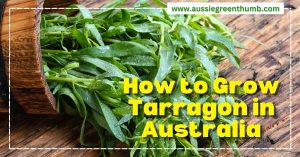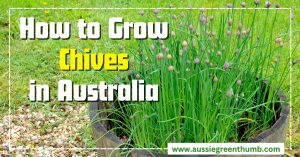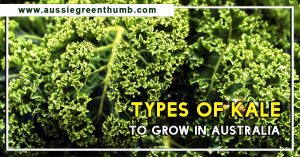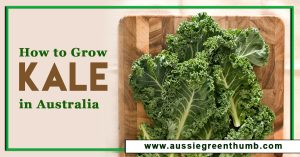Juglans regia, the common walnut, or English walnut, might be a towering tree, but in the right spot, it can add spectacle and an unmistakable sense of place to a garden. This nut-bearing deciduous tree has spent its history being shipped around the world for its wonderfully unique nuts, and today, that means you can grow it here in Australia with relative ease.
Walnut trees are readily available as landscape trees, usually sold as small saplings, but occasionally found as more mature specimens in root-training pots. If you’re considering planting one for yourself though, follow our guide, and make sure you’ve got the right space and setting first.
More...
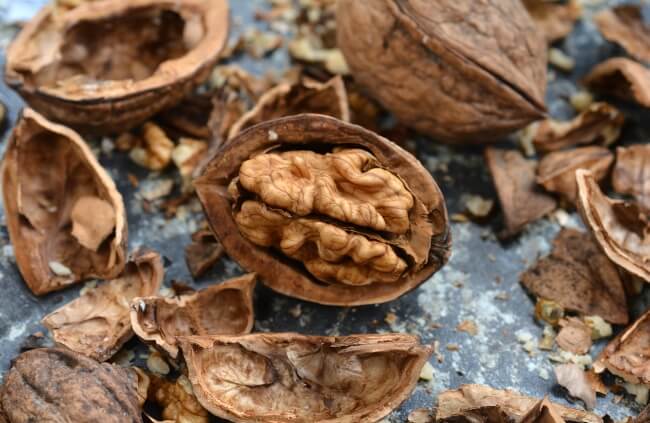
Family: | Juglandaceae |
|---|---|
Genus: | Juglans |
Species: | J. regia |
Origin: | Southeastern Europe to continental Asia |
Common Names: | English walnut, Persian walnut, Madeira walnut, Carpathian walnut |
Location: | Outdoor |
Type: | Tree |
Growth: | 35m tall |
Sun requirements: | Full sun |
Foliage Colour: | Green |
Flower Colour: | Green catkins |
Flowering: | Early summer |
Edible Parts: | Edible nuts, edible sap |
Maintenance level: | Low |
Poisonous for pets: | Non-toxic to cats and dogs (though both can have nut allergies) |
What is Juglans regia?
Juglans regia, despite its common name ‘English walnut’, has nothing to do with England. It was taken to Britain by the Romans (then called ‘Persian Walnut’), sometime at the start of the common era (00 AD).
By the time Britons settled colonies in the Americas in the 1600s, these walnuts were so naturalised across Britain that they were defined as ‘English walnuts’ by settlers, to distinguish them from the American native Black Walnuts.
Black walnuts are a garden nightmare, dropping toxic seeds and poisoning the soil where their fruit and leaves fall each year. English walnuts have the same toxins but, thankfully, in much smaller amounts. They are simple to tell apart.
Black walnuts have serrated leaves, and English walnuts have smooth leaves.
The male flowers of walnuts (all Juglans) are drooping green catkins, while female flowers are terminal, found at the growing tips of branches in late spring. Neither are particularly exciting, but the female flowers turn into swollen fruits, bearing hard-shelled seeds. Inside that is the sweet, nutty kernel we call a walnut.
English Walnuts' Natural Habitat
Juglans regia is thought to be native to the Balkans and southeastern Europe through to China, and much of continental Asia, though most fossil records are difficult to trace, and they are found around human settlements, making true natural origins hard to define
Walnuts can grow in most conditions but prefer open landscapes without competition. In some parts of China, Juglans regia can be found growing in forest conditions, where the tree takes a different shape. In gardens, it will generally have a wide and open canopy.
What About Juglone?
Juglone is a toxin found in all parts of all walnuts, and in large quantities can be toxic to humans and pets. While it is a problem in black walnuts, it is not a problem in English walnut trees at all.
Most other members of the walnut family produce such a small amount that it is barely traceable, so no part of the tree is toxic, and will not harm your soil, or you. In fact, the sap of English walnuts has such small amounts of juglone that it is considered edible.
Growing English Walnuts in Australia
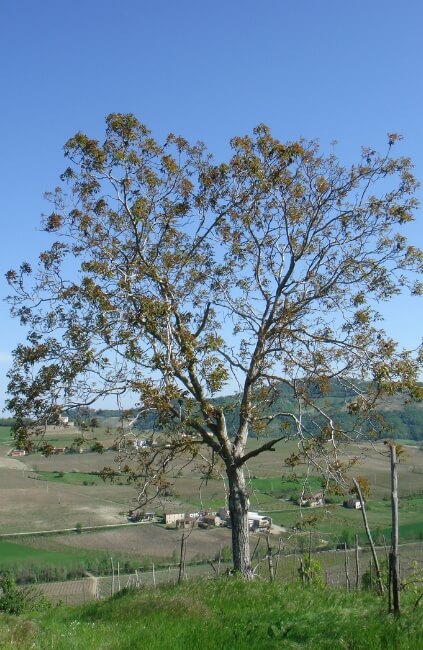
English walnuts will grow in most conditions, given reasonable drainage and some protection from extreme weather while they get established.
In terms of physical planting, they need the same treatment as any other deciduous tree:
- Dig a hole twice the size of the root ball.
- Plant the root ball so the surface is level with the earth around it.
- Backfill with soil.
- Heel it in firmly.
- Provide a stake in the direction of the prevailing winds.
- Water well.
- Mulch to conserve moisture for the first summer.
Ideal Conditions for Juglans regia
What Type of Soil to Use
English walnuts prefer loamy soils with good drainage and medium moisture retention. The ideal soil should squeeze together and form a ball in your hand, but crumble apart again when agitated.
Darker, more alkaline soils tend to offer the best planting site for Juglans regia, but they will grow in slightly acidic soils. Avoid heavy clay or loose sandy soils as they will not tolerate those types of extremes as young trees.
Where to Plant Juglans regia
As ornamental trees, there are no considerations for planting English walnuts, but if you intend on harvesting (domestically or commercially) walnuts do need at least 800 hours (about 30 days) of chilling below 7°C to produce flowers and any resulting fruit.
Do consider their overall size when planting though, as Juglans regia can reach 35m tall, with a root structure that is at least that size, so do not plant within 35-40cm of a house.
How to Propagate Juglans regia
Juglans of all types can be propagated from cuttings and from seed. Both are reliable, but typically quite slow methods of propagation so I’ve also included a brief guide to air-layering your walnut trees if you’d prefer to keep the potting shed clear while the roots establish.
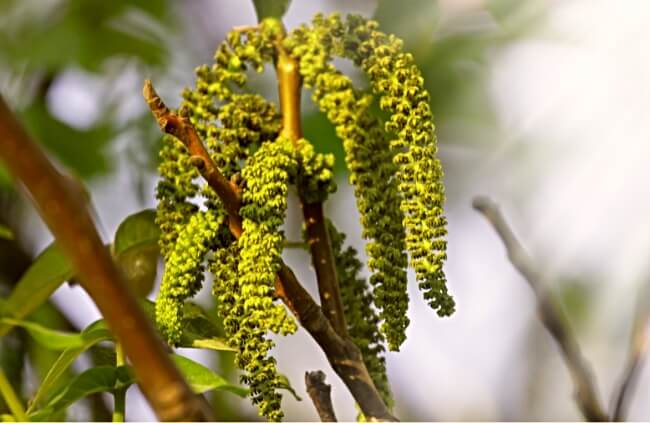
Propagating Juglans regia from Seeds
Walnuts, in the shell, if untreated and harvested in autumn once they have dried fully or dropped naturally from the plant can be treated and germinated with relatively little effort.
In their native environment, the seed's protective coating keeps them safe over winter, while they stratify at around 4°C over a four to five-month winter.
In Australia, those temperatures are unlikely, so you can place a de-husked seed into an airtight bag and pop it in the fridge for four months to mimic nature.
After that, sow into pots filled with loamy garden soil and place them somewhere warm, bright, and protected from pests. Germination begins when temperatures hit 20°C.
Propagating English Walnut from Cuttings
Softwood and hardwood cuttings are both possible with Juglans regia, meaning you can take cuttings at any time of year, but winter cuttings rooted indoors tend to be more successful.
For best results with your walnut cuttings, follow the instructions below:
- In mid to late winter, cut a 20-25cm growing tip, and place it in water to retain moisture. It will dry out quickly otherwise.
- Fill a tall pot with loamy garden soil, or a balanced cutting mix.
- Dip the end of your cutting in rooting powder and remove all leaves.
- Push the cutting into the soil-filled pot.
- Water it well, then store it anywhere above 22°C (either on a heated propagator or indoors with bright indirect sunlight).
- Roots take after about 6 weeks, and new foliage should appear in spring.
Juglans regia Propagation from Layering
Air layering English walnuts is surprisingly effective. It is no faster than taking cuttings or growing from seed, but you have an increased chance of success, and can pretty much forget about your cutting until later in the year.
It is also a useful option if you’ve left it too late for winter cuttings, as the best time for air layering is spring.
You will need a plastic bag, some duct tape and any of the following:
- Loam garden soil
- Coir fibre
Method:
- Make a small v-shaped wound, just below a leaf node, or by removing a leaf node from a one-year-old shoot. Leave about 30cm of branch beyond the cut point.
- Dab liquid rooting hormone onto the wound using a cotton bud, then wrap a bag filled with soil around the wound site.
- Wet the soil and coir fibre thoroughly.
- Securely tape a plastic bag or cling-film around the branch.
- Leave it until autumn or early winter.
- Remove the bag when roots are visible, then cut the air-layered cutting and place in a pot of compost until spring.
Caring for English Walnuts After Planting
Once planted, there are some things to remember about Juglans regia that will help it to establish. And, when they establish, English walnuts are one of the most resilient and self-reliant trees you can grow.
Established English walnuts do not require fertilisers, feed, mulch, or watering, and pruning should only ever be done if the tree is damaged or diseased.
However, immediately after planting young Juglans regia saplings, mulching, staking, and regular watering are a must:
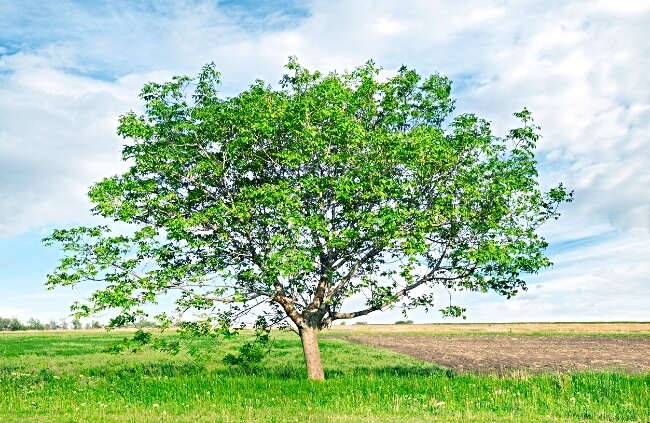
How to Mulch Young Juglans regia
Immediately after planting, water your young Juglans regia tree with a full 12L watering can, then mulch over the top of the soil with rotted bark or garden compost to hold that moisture in through its first summer.
Make sure to pull any mulch away from the young trunk, leaving a gap of about 10 cm to prevent fungal problems at the base of the tree.
In the second summer, if the tree is still slow to establish, repeat mulching may be advisable, but only until your English walnut has rooted in properly (the root ball stops rocking entirely).
How to Stake English walnuts
Staking young trees is essential to their longevity, and how you do it really matters. Some trees are quite happy to be planted into strong winds with minimal support, but Juglans regia is not one of them.
Even mature walnuts don’t like strong gales, so Juglans regia require support from any wind during their first few years, and not just with a simple bamboo stake to stop extreme rocking.
Use a sturdy, treated timber stake, driven into the ground at a 45-degree angle, and pointed into the prevailing wind. Use a looped tree tie in a figure-of-eight to allow the tree to bend, without the root ball rocking.
Leave the tree stake in place for three to four years, and remove it when the trunk is strong enough to withstand strong winds.
How Often to Water English walnuts
Water English walnuts once a month after first planting. They don’t like to be waterlogged, and they should be encouraged to search for water. After the first summer and autumn, stop watering them altogether.
In their second summer, give them a good drink during long dry spells, but otherwise, leave them well alone.
English Walnut Pests and Diseases
Globally, there are many threats to farmed walnuts, but there are fewer pests and diseases in Australia for walnuts, making it generally straightforward to grow them.
However, as with anything in horticulture, there are some common pests that cause more problems than others for these majestic trees, and a couple of diseases worth looking out for too.
Most types of scale insects, leaf borers, mites and stem borers will attack walnut trees if there is an alternative nearby, and some ant species and citrus pests are known to cause problems for walnuts in some climates.
The below pests are common in nearly all settings, and worth checking for on young Juglans regia plants.
Gall mites
Gall mites, as the name suggests, cause galls on leaves. The protruding growths can take many forms, and do little damage on mature walnuts, but should be removed and burned if you see them on young saplings.
Seek out gall mite populations on the underside of leaves and remove these manually, either binning or burning the infested leaves.
Aphids
Aphids won’t cause problems for mature walnut trees, but they are attracted to fresh growth. On saplings that is most of the tree in spring, and they quickly become covered in aphids, preventing buds and leaves from opening.
The results are fungal infections spread all over the new growth, which should be removed, or treated with an organic fungicide if caught early.
Moths
Moths, particularly smaller species, can lay dozens of caterpillars on the underside of walnut leaves, which can affect even large mature trees quite negatively.
There isn’t much you can do, but providing a more varied selection of plants throughout the garden and encouraging other wildlife (birds and spiders in particular) will help to naturally manage moth and caterpillar populations.
In gardens or mixed landscapes, disease tends not to trouble walnut trees. However, there are some common diseases that thrive in monocultures, so when walnuts are grown in large numbers for commercial purposes, the disease tends to run rife.
Walnut blight
Walnut blight is problematic for anyone who gets it. Not because it harms the tree (it actually does very little to mature trees) but because it harms the fruit.
Walnut blight affects the green parts of the plant (leaves, new stems, and fruit). If the blight gets in, it can spread easily through wind, contact and pest damage, and will blacken developing seeds.
The first signs are either uneven blackening on foliage or small black circular spots on the green fruits, which later connect into blotches. Remove any signs of walnut blight when you see it to prevent it from spreading and bin or burn the damaged growth.
Branch wilt
Branch wilt is more problematic than blight as it affects every part of the tree and stops nutrients and water from travelling up the stem. It is caused by a fungus that spreads right through the open wood beneath the bark, spreading from a damaged section of bark.
As well as preventing fruit from developing or ripening, it weakens the stem or trunk it takes hold of and can cause the tree to fall. The only treatment is to remove the infected parts of the plant (hopefully that isn’t the base).
Crown gall
Crown gall is essentially a tumour. It develops soft tissue rapidly from an infected point, usually at the base of a trunk – though it can occur anywhere on the plant.
In most cases, they don’t do damage to the tree, or affect its fruit, but occasionally they cause structural weakening and interrupt the flow of nutrients.
The only treatment is to cut back into healthy wood and allow that to heal over with full exposure to the elements. Whether you can do that or not will depend on when you catch it, and where it is on the plant.
Canker
Canker, like crown gall, does not necessarily limit the productivity of a walnut tree, but it will eventually slow down the tree’s growth and development, and cause structural issues.
Cankers should be cut out of trees as soon as you spot the distorted tumorous growths (usually developing from natural splits in mature bark. If left in place, the fungal spores that cause them can spread to other trees.
Root rot (various types)
There are various root rots that damage walnuts, but they are largely limited to young trees. Once walnuts have established their roots adapt to the soil conditions around them.
If your young walnut tree is beginning to show signs of yellowing leaves or stunted growth, there may be some issues with drainage causing higher moisture levels than ideal.
If the tree is simply waterlogged, remove any mulch to allow the soil to dry out before overwatering becomes root rot.
How to Harvest and Store Walnuts
Walnuts can be stored in two ways: as nuts, or as pickled young fruit. Before the fruit fully develops, walnut shells are soft, and the flavour is just as nutty, but sweeter and earthier, meaning the entire fruit can be pickled whole or sliced to preserve them as a delicious source of protein right through winter.
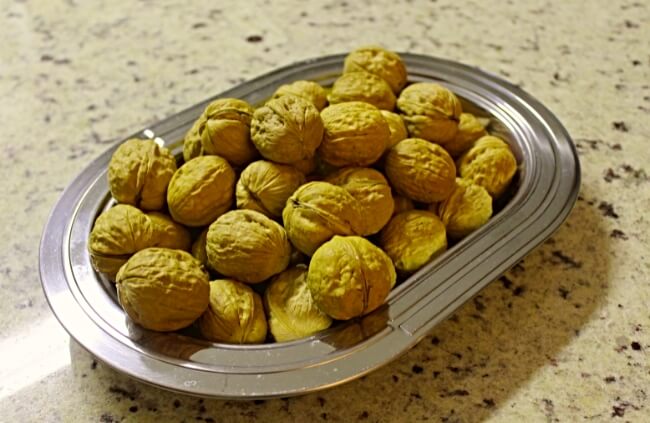
Harvesting Unripe Walnuts for Pickles
Harvest undeveloped walnut fruits in early summer, when the fruits are still soft, and the hard shells have not yet begun to develop.
Use a basic pickle recipe to make your pickled walnuts:
- Stab 10 young walnuts so the pickle liquid can penetrate evenly.
- Brine the walnut fruits for 8-10 days until they lose their colour.
- Leave on a bright, dry windowsill for 24 hours to darken.
- Optional: slice the walnuts in half, or to 5mm slices.
- Heat 250ml of malt or pickling vinegar (whatever you prefer… get creative!) and 25g of castor sugar or jam sugar in a saucepan, with whatever spices you feel like.
- Bring the pan to a boil and leave it to cool.
- While the pickle mix cooks, wash your jars, then heat them in the oven on a low heat for ten minutes until the water evaporates to sterilise them.
- Pack the walnuts into jars and cover with the slightly cooled pickle mix.
- Seal the jars, and store them somewhere cool and dry for at least a month before eating.
Harvesting Ripe Walnuts as Nuts
Walnuts need to be harvested when they are ripe. The most obvious sign of this is when the first nuts fall from the tree, but you can also try gently pulling the fruits to see if they are ready, as the seed is often ripe before the rest of the fruit.
Walnuts are stored for around two months at room temperature, and for up to a year in the fridge. For longer-term storage, freeze shelled walnuts in air-tight bags, as they do not lose their texture if thawed at room temperature.
If they begin to develop a chemical smell, they should be thrown away.
Juglans regia Frequently Asked Questions
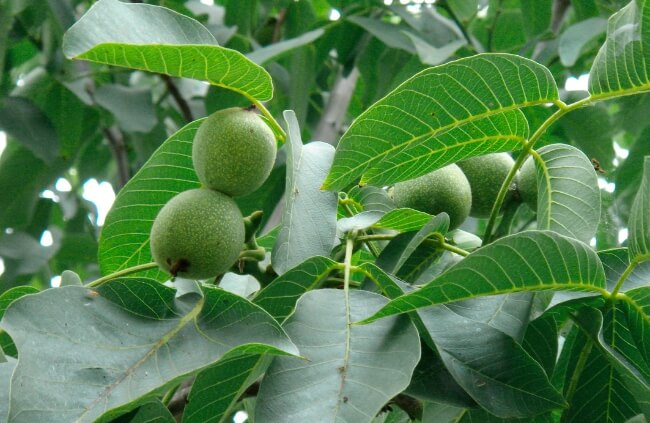
How big do Juglans regia trees get?
Juglans regia grows to about 35m tall at full maturity (after about 60 years) and can have trunks over 2m in diameter.
Can you eat English walnuts?
You can eat English walnuts. The edible nuts harvested from English walnuts are the most harvested across the world and are widely cultivated for just that reason, both domestically and commercially.
Does Juglans regia grow in shade?
Juglans regia does grow in partial shade but prefers full sun where possible. In nature, they are often found in forests, where saplings have to compete for natural light, but the best effects are from mature specimen walnut trees, planted by themselves in full sun.
Is Juglans regia good for your skin?
Juglans regia, the English walnut, has more uses than you can count. One of the easiest cosmetic uses to prepare at home from English walnuts is a simple exfoliator.
Ground up walnut shells make a great natural exfoliator. Just crush them in a pestle and mortar before mixing them with body butter or natural soaps.
What is the lifespan of Juglans regia?
Juglans regia trees live for well over 200 years. Like most of the plant kingdom, the English walnut will outlive generations of humans and animals. Planting one now leaves a wonderful legacy for the future.
What kind of fruit is Juglans regia?
A walnut is the kernel, or seed from the walnut tree. It is, botanically, a nut, but the part we eat is just the kernel of that nut. The entire fruit, with its hard shell, is the nut.
Is Juglans regia evergreen?
Juglans regia is not evergreen. It is a deciduous tree, baring flowers in late spring or early summer, and fruit develops throughout summer, before dropping in early autumn, followed closely by falling leaves in early winter.
Wrapping Up Our English Walnut Guide
The English walnut might be its most common name, but traditional names including the Corsican walnut or the Persian walnut are perhaps more apt, for this well-travelled fruiting tree, so loved by the Romans that it became an essential in any new colony.
Today, there is less colonial meaning to the walnut, and it is grown simply as a staple source of sweet, nutty, protein. If you’ve ever wanted to grow your own nuts, but are worried about maintaining groundnuts, or coppicing hazels, then the easy-going Juglans regia might just be the tree for you.
Published on January 9, 2024 by Maisie Blevins
Last Updated on February 25, 2024

